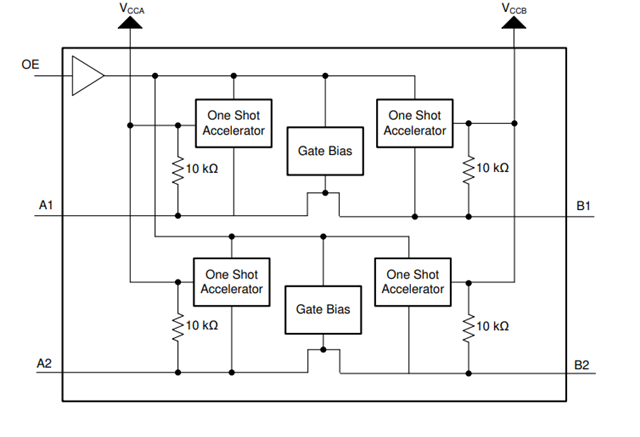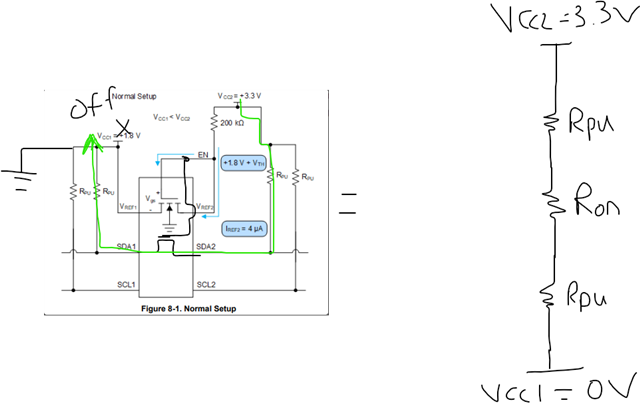Other Parts Discussed in Thread: TXS0102, TXS0101-Q1, TXS0102-Q1, TCA9517A, TCA9617B, TCA9517
Tool/software:
Could you please explain the differences between the following two devices used as I2C level shifters?
・TXS0102QDCURQ1
・TCA39306DCURQ1
Also, when used as a latch-up countermeasure between an RTC operating on a backup power supply and a device operating on the microcontroller's power supply, which level shifter would be more appropriate?




